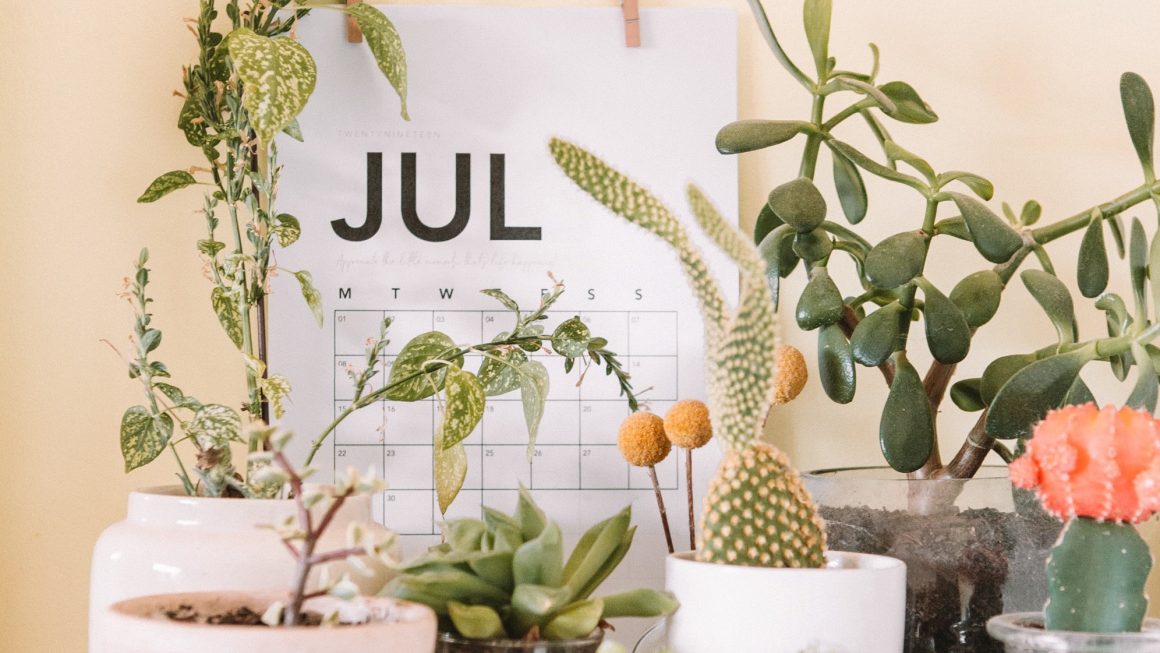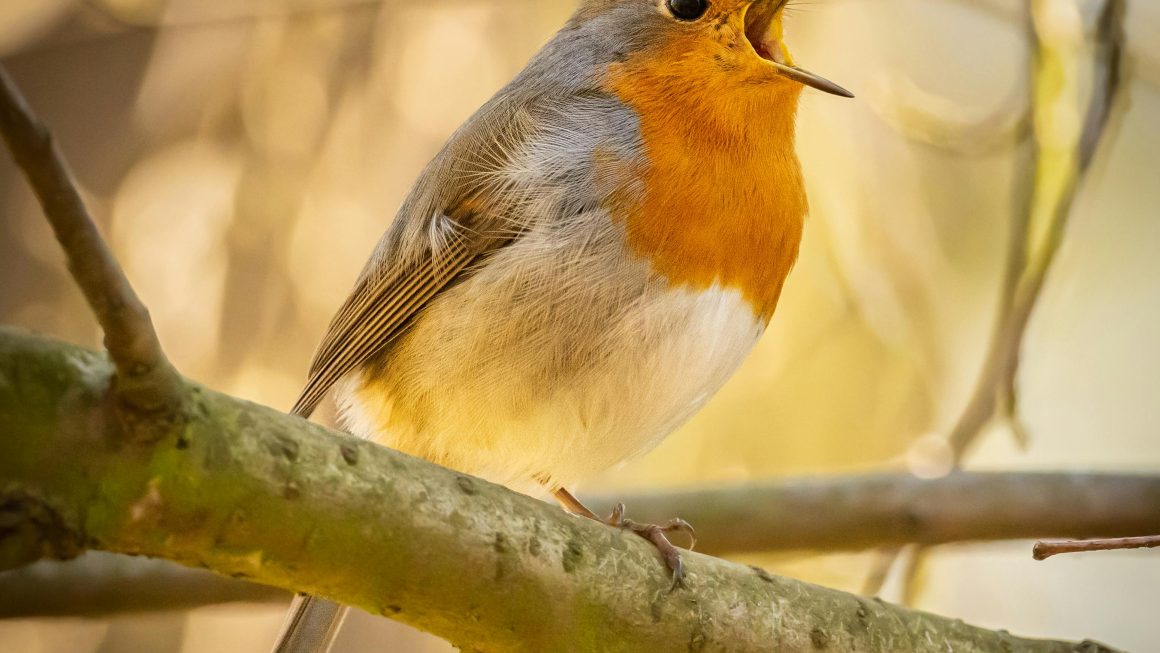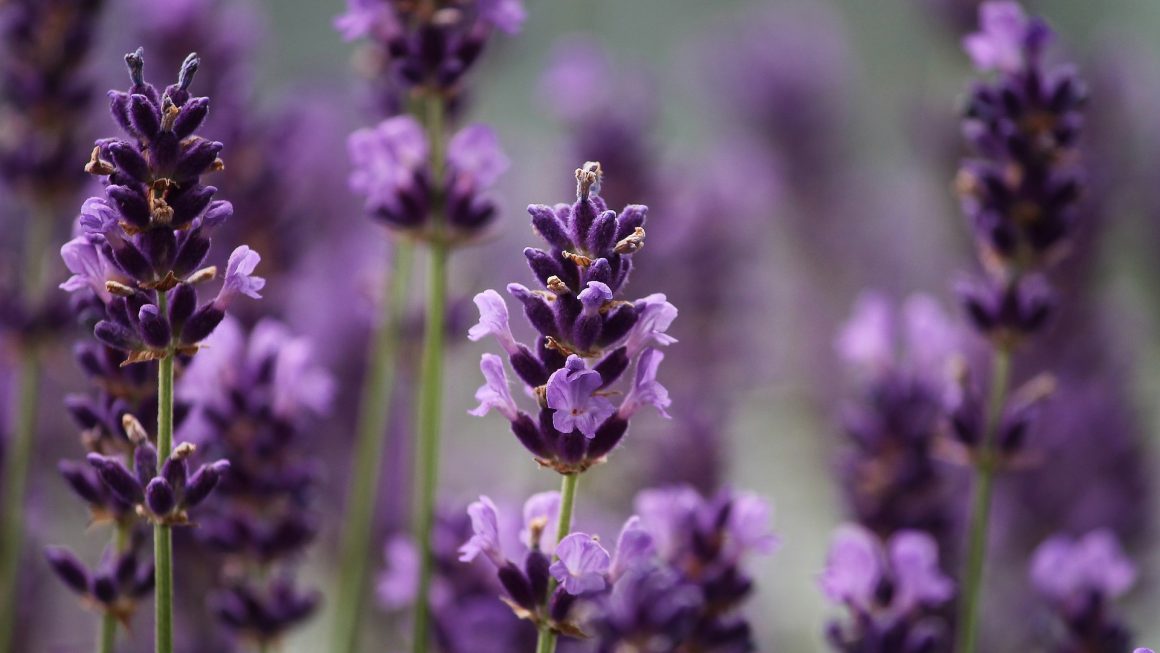This post may contain affiliate links. Please see my disclosure policy to learn more.
When it comes to landscaping, there are a few trees that you should stay away from. Some trees can be dangerous to your home and property and can cause a lot of damage if they are not properly maintained. There are also a few trees that you should avoid planting altogether because they can be hazardous to your property or even your health.
Silver Maple Tree
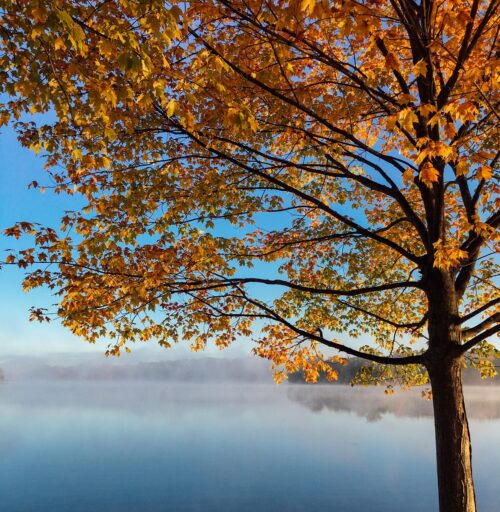
The silver maple tree is a popular choice for many homeowners because it grows quickly and provides plenty of shade. However, this tree is not the best choice for your yard. Silver maple is a fast-growing tree that develops numerous trunks as it matures. These trunks might be an issue as the tree grows old because they are weak-wooded. It has shallow roots that can damage your sidewalks, driveways, and foundation. This tree is also susceptible to storm damage and can easily topple over in high winds. If you live in an area with severe weather conditions, it is best to avoid planting a silver maple tree in your yard.
Mimosa Tree
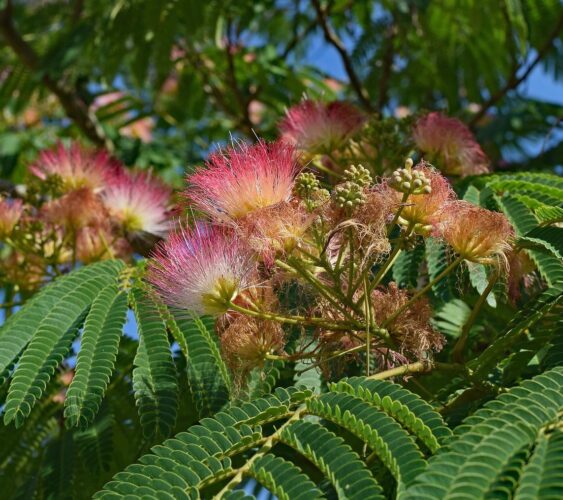
The mimosa tree is a beautiful tree that produces fragrant flowers. However, this tree is not the best choice for your yard because it is very invasive. The mimosa tree will spread quickly and take over your landscaping. It can also be difficult to control and remove once it becomes established. If you live in an area with a lot of wildlife, the mimosa tree may not be the best choice for you because it provides a lot of food and shelter for pests.
Norway Maple Tree
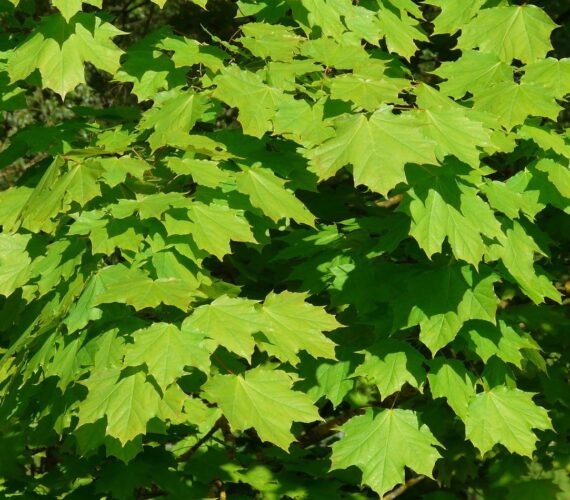
When Dutch elm disease decimated the American elm population in the 1960s, the Norwegian maple was overplanted as a street tree. It’s a beautiful tree with gorgeous fall foliage, but Norway maples self-seed freely, to the point of being a nuisance. The deep shade and shallow roots, and the thick shade and plentiful subterranean growths make it really difficult to develop anything beneath them. If you have a Norway maple, you’re likely to spend a lot of time and money trying to get rid of it.
Eucalyptus Tree
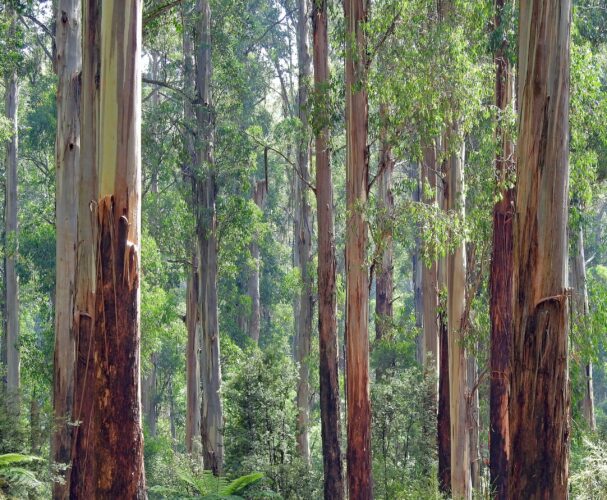
The eucalyptus tree is an Australian native that has become popular in the United States for its fast growth rate and ability to thrive in a variety of climates. However, this tree should not be planted in your yard because it can be dangerous. The eucalyptus tree produces oils that can be toxic if ingested or inhaled. These oils can also cause skin irritation and respiratory problems. If you have young children or pets, it is best to avoid planting an eucalyptus tree in your yard.
Red Oak
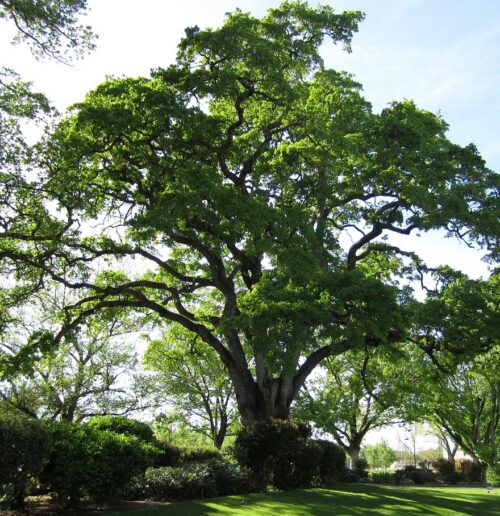
The red oaks, sometimes known as northern red oaks, are a terrible mess to deal with on many levels. For one thing, their seeds are contained in a hard, spiny shell that’s nearly impossible to remove from clothing or skin. They’re also very messy when they drop their leaves and acorns, which can be a real pain if you have a lawn. If you have red oak trees, you can expect to spend a lot of time and money keeping them under control.
Bradford Pear Tree
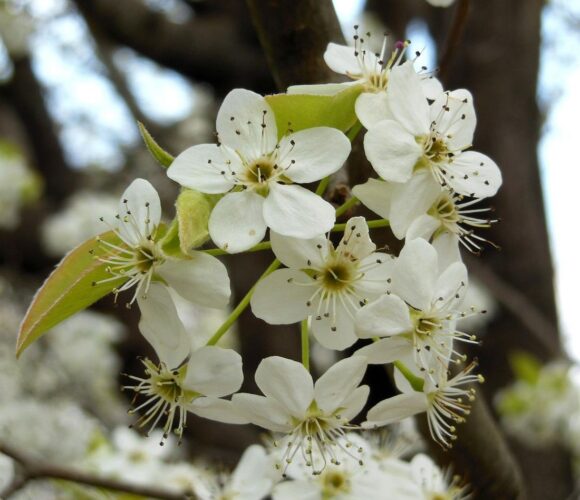
The Bradford pear tree is often used for landscaping because it grows quickly and has beautiful white flowers in the spring. However, this tree should not be planted in your yard because it is very susceptible to disease. The Bradford pear tree is also known to produce a fruit that is toxic to animals. If you have pets or small children, it is best to avoid planting a Bradford pear tree in your yard.
Black Locust
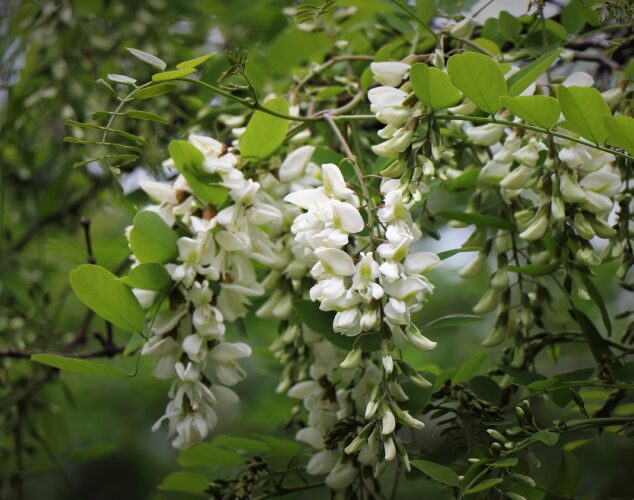
The White Flower Tree is a fast-growing hardwood tree with white blooms that have a strong scent. Because the wood is heavy and has a lot of energy content, it’s an excellent tree to have on hand if you need firewood. It’s thorny and brittle, with sharp thorns. Additionally, black locust seeds themselves somewhat too readily. As a result, this tree is frequently a nuisance and invasive in certain regions. You may want to avoid planting this tree in your yard.
Cottonwood
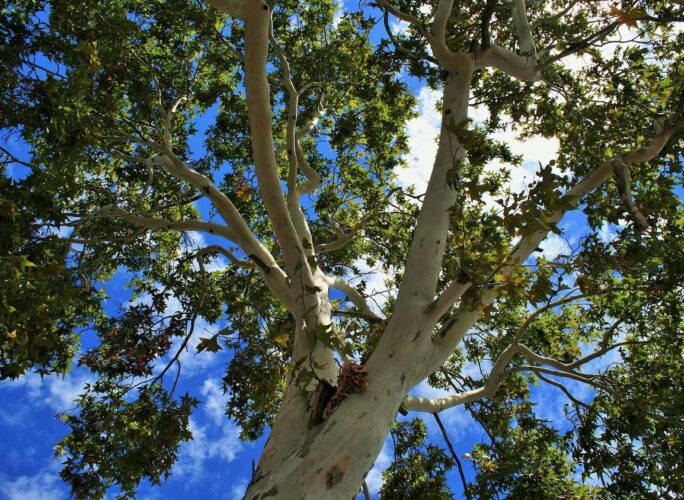
The Cottonwood tree is a fast-growing tree that can reach up to 100 feet tall. This tree is often used for landscaping because it provides shade and privacy. Unfortunately, it has a number of drawbacks when planted around homes, including roots that can be harmful to foundation walls. It produces cottony seeds in late spring/early summer, which may be annoying.
There are a number of trees that you should avoid planting in your yard. These trees can be invasive, difficult to control, and even dangerous. If you are looking for a tree for your landscaping needs, be sure to choose one that will not cause problems for you in the future.
- Stunning Live 1 Potted Chinese Blue Weeping Wisteria Tree Fresh Plant
- GROWING IN A QUART .NURSERY POT 12" + TALL PLUS ** CHECK OUT THIS BEAUTIFUL RARE BLUE WEEPING CHINESE WISTERIA TREE ** THIS BEAUTY WILL ADAPT TO GROWING ZONES 5 thru 9 & WILL BEAUTIFY YOUR LANDSCAPE WITH VERY LITTLE CARE & GROWS TO ABOUT 10 ' TALL - 7' WIDE
- WITH BEAUTIFUL WEEPING BLUE BLOOMS FROM SPRING THRU AUTUMN ** CAN BE CONTROLLED TO YOUR DESIRE WITH PRUNING
- These are ready to plant and should be put in the ground according to the included instructions upon arrival. All pictures are of fully grown plants. Sizes shipped are in the title and description. Deciduous plants do not have leaves in the winter.
- California orders will be cancelled due to their state regulations beyond our control.
- Thrives in zones 3 through 9 with full sun.
- Size shipped is 3 to 4 feet tall in gallon pots and double boxed for safe transport.
- Do not transplant into another container, only the ground. We ensure a successful transplant for 30 days if the included planting instructions are followed with the correct location and water. Deciduous plants bought dormant during the winter are expected to leaf out in the spring under the same conditions.
- Due to agricultural laws, we CANNOT SHIP TO CA, AZ, AK, or HI - orders will be cancelled if you ship to one of these states
- Japanese Red Maples typically have a compact and spreading growth habit, making them suitable for smaller gardens or as focal points in landscaping. They range from small to medium in size, with some varieties staying more compact than others
- Japanese Red Maple trees are prized for their stunning and distinctive deep red or burgundy foliage. The leaves often exhibit a delicate, lace-like appearance, contributing to the tree's ornamental value
- The bark of mature Japanese Red Maples often develops an attractive, smooth texture with a grayish-brown hue
- USDA Hardiness Zones: Typically Zones 5-8
- FAST GROWING PRIVACY OR SHADE TREE: Hybrid Poplar Trees are very popular for their fast growing and no seeds or cotton. Very attractive and easy to maintain, change the view very fast.
- GOOD FOR ENVIORNMENT: These amazing trees are great for erosion control, drying up bogs, producing Oxygen and filter the air. Great or wildlife and deer resistant
- EASY TO GROW: We send detailed instructions and tips for growing success. Links to YouTube videos too
- CZ GRAIN GUARANTEE: We guarantee all our products. If there is an issue please contact us for a fast and easy solution.
- BEAUTIFUL BLAZING RED FOLIAGE! EXCEPTIONALLY HARDY!
- 2 - YEAR TREE - REACHES 20 FEET AT MATURITY
- Good for bonsai. Hardy Hardiness zone: 5-8
- Pictures shown are of mature plants and not what you will receive






